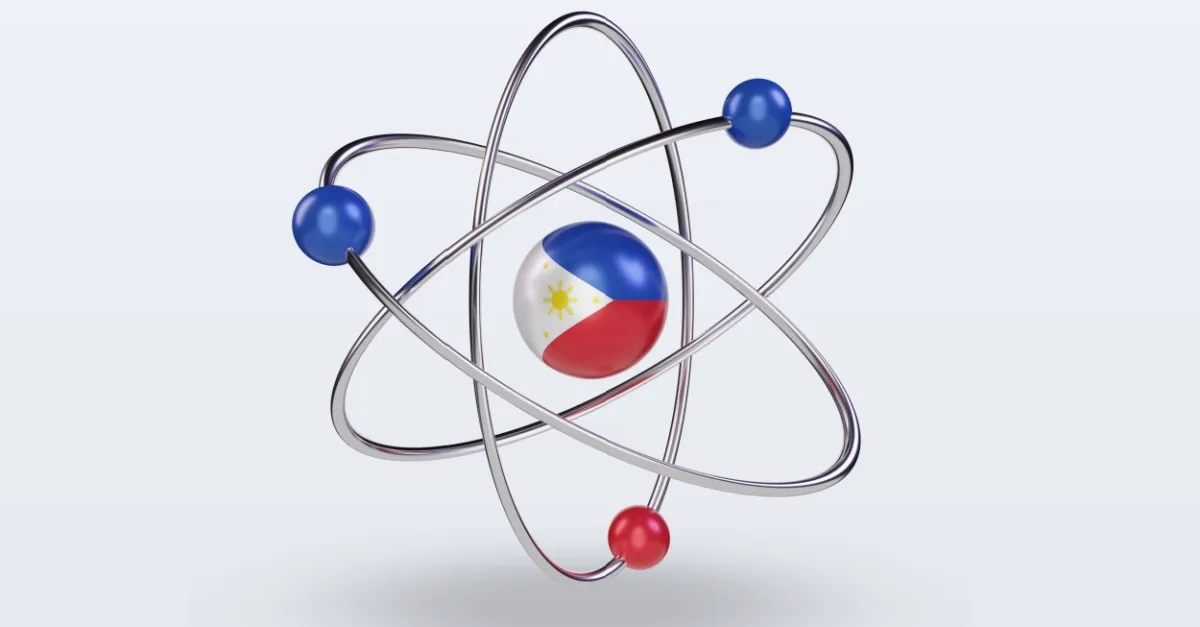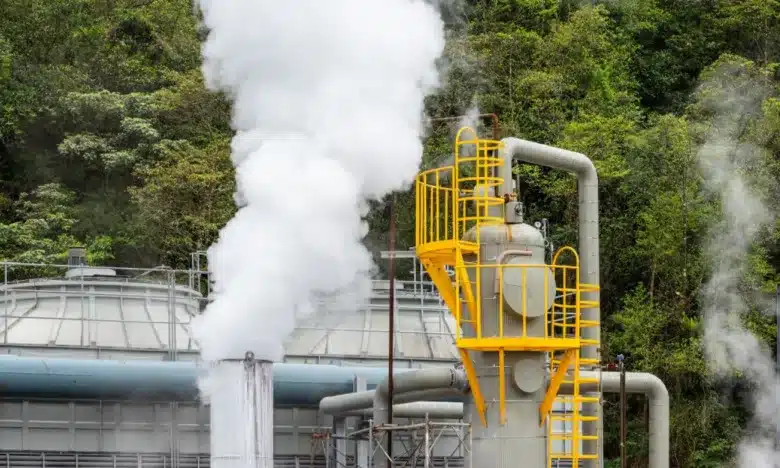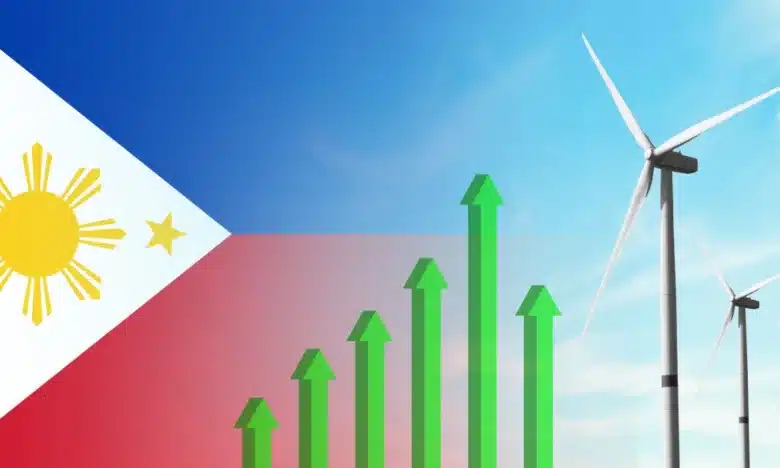
Powering the Future: The Philippines Turns to Nuclear Energy
- November 5, 2025
The Philippine government is actively exploring the development of nuclear energy, gathering experts from both public and private sectors to discuss financing options.
During the recent National Workshop on Nuclear Power Infrastructure in Manila, Department of Energy (DOE) Undersecretary Giovanni Carlo Bacordo described the talks as paving “a clearer pathway forward” toward the Marcos administration’s goal of adding nuclear power to the country’s energy mix by 2032.
The DOE stressed that engaging industry experts on financing is vital, given the high costs, long timelines, and legal complexities of nuclear projects. “The Philippines is taking a leap forward with the discussions on financing like public-private partnerships, green financing, and other viable models that could help shape the future of nuclear energy for the Filipinos,” Bacordo said.
Brianna Lazerwitz, energy economist at the International Atomic Energy Agency (IAEA), noted that private power producers typically rely on loans but highlighted the need for “strong involvement” from the government to support nuclear expansion.
DOE Secretary Sharon Garin added that the Philippines may begin accepting applications for nuclear projects as early as next year.
(Also read: Lighting the Nation Amid Napocor’s Troubles)
Global momentum behind nuclear energy
According to Lazerwitz, 31 countries currently use nuclear energy, operating 416 reactors with 63 more under construction. She added that interest continues to expand globally, with at least 32 new markets now exploring nuclear power development.
“In the high case scenario, nuclear electric capacity is set to rise by 160 percent or 992 gigawatts (GW), up from 377 GW at the end of 2024,” she explained. “Even in the low case, capacity is expected to grow by 50 percent to 561 GW globally.”
Meanwhile, AltEnergyMag reports that the global nuclear sector is steadily growing as nations pursue low-carbon and secure energy sources. The rise of small modular reactors, policy support, and new capacity additions have strengthened nuclear power’s role in the energy mix. Currently, it supplies about 9% of global electricity.
Several nations continue to lead in scale and capacity:
- US: Reinforcing global nuclear leadership
The United States remains the world’s top producer of nuclear electricity, operating 94 commercial reactors with a combined capacity of about 97 GW. According to the U.S. Energy Information Administration, these plants generated roughly 19% of the nation’s power in 2024. High efficiency has been a key strength, with most reactors running above 90% capacity due to tighter maintenance schedules and shorter outages.
Recent years have also seen new additions to the grid. Georgia’s Plant Vogtle Units 3 and 4, completed in 2023 and 2024, marked the first large-scale nuclear reactors built in the U.S. in more than three decades.
The U.S. Department of Energy has outlined plans to develop additional reactors at existing sites and to explore small modular reactor (SMR) technology, particularly near retiring coal plants. Washington has also set its sights on quadrupling nuclear capacity to about 400 GW by 2050 through a mix of tax incentives, advanced designs, and a more resilient domestic fuel supply chain.
- France: Strengthening its nuclear backbone
France remains one of the world’s most nuclear-reliant nations, operating 56 reactors with a combined capacity of about 61.4 GW. In 2024, output rebounded to roughly 361.7 terawatt-hours (TWh), a 13% increase from the previous year. Nuclear power supplied 67% of the country’s electricity, underscoring its role as the cornerstone of France’s low-carbon grid.
France’s state-owned utility EDF has pegged the projected cost of building six new nuclear reactors at €67.4 billion ($73 billion). The government fully nationalized EDF in 2023 to further expand nuclear capacity.
According to the International Energy Agency (IEA), among the EU’s four largest economies—France, Germany, Italy, and Spain—France stands out as the leading net exporter of electricity, accounting for around 22% of total exports, largely due to its extensive nuclear power capacity.
China accelerates nuclear growth
China has rapidly expanded its nuclear-power sector. The World Nuclear Association states that the country had around 58 commercial reactors in operation with about 57 GW of capacity as of mid-2025.
Data from GlobalData shows that by 2024, China’s nuclear capacity reached roughly 56 GW and its generation approximately 386.1 TWh, exceeding the output of France’s fleet.
Furthermore, reports indicate that China’s total nuclear-power infrastructure, including reactors in operation, under construction, or approved, had ballooned to about 113 GW by the end of 2024. Experts and industry leaders say China is on track to lead the world in operational nuclear power capacity by 2030.
(Also read: Green Energy, Steep Costs: The Netherlands’ Reality Check)
Nuclear energy finds new role in the global transition
Nuclear power is increasingly being recognized as a vital component of the global shift toward low-carbon energy. The IAEA notes that it is now viewed as essential for achieving net-zero targets and ensuring reliable, low-emission baseload electricity.
Temitope Sulaiman, a European utilities analyst at Barclays UK, said that even with the rapid rise of wind and solar, the world still faces a looming “clean energy gap” by 2050. “Nuclear is a key source of zero-carbon baseload power to help achieve net-zero ambitions, and we have seen increased government support and momentum for nuclear globally,” she noted.
According to The Asset, Asia has become the center of global nuclear expansion, with China, India, South Korea, and Japan building about 60% of all new reactors worldwide. Regional operating capacity could reach 172 GW by 2030, supported by strong government policies and energy security goals.
In Southeast Asia, Indonesia and the Philippines are holding project-level discussions, while Thailand and Vietnam are actively exploring nuclear power, indicating growing regional interest in the technology.
Should we pursue nuclear energy?
Despite its growing role in low-carbon energy systems, nuclear power still faces significant drawbacks. One of the most persistent concerns is radioactive waste management. Another major issue is the high upfront cost and long lead times associated with building nuclear plants.
Safety risks also factor heavily. Although accidents are rare, events like the Fukushima Daiichi nuclear disaster in 2011 and the Chernobyl disaster in 1986 loom large in public memory.
However, the Philippine government appears to believe that pursuing nuclear energy is worth the risks. The recent passage of the Philippine Atomic Energy Regulatory Authority (PhilATOM) Act, signed into law on September 18, 2025, reflects this commitment. The law establishes a regulatory body to ensure the safe development of nuclear power in line with international standards.
“PhilATOM is the clearest signal of this government that we’re dead serious in getting nuclear for power generation,” said Patrick Aquino, Director IV of the Department of Energy’s Energy Utilization Management Bureau.
Meanwhile, the DOE maintains that nuclear power is intended to complement—not compete with—renewable sources. It described nuclear power as a clean, low-carbon baseload option that can help stabilize the country’s power grid.
The DOE also defended the economic rationale for pursuing nuclear energy, noting that its long operational lifespan makes it cost-competitive with coal and natural gas. “These factors are duly reflected in the economic assessments outlined in the draft DC (Department Circular),” the agency said.
The World Nuclear Association supports this stance, noting that “with electricity demand expected to more than triple by 2040, energy security is a stated priority for the government.”
Sources:
https://business.inquirer.net/554645/philippines-explores-capital-sources-for-nuclear-energy
https://www.eia.gov/todayinenergy/detail.php?id=65104
https://world-nuclear.org/information-library/country-profiles/countries-t-z/usa-nuclear-power
https://www.cre.fr/fileadmin/Documents/Rapports_et_etudes/2025/Rapport_de_surveillance_2024-en.pdf
https://www.world-nuclear-news.org/Articles/Improved-fortunes-for-French-nuclear-sector
https://global.chinadaily.com.cn/a/202504/28/WS680f9880a310a04af22bcace.html
https://www.iaea.org/es/node/202315
https://www.theasset.com/article/50863/investors-turn-positive-on-nuclear-energy
https://arxiv.org/abs/1802.07312
https://www.nei.org/resources/fact-sheets/comparing-fukushima-and-chernobyl
https://www.pna.gov.ph/articles/1260116
https://tribune.net.ph/2025/07/04/govt-defends-nuclear-energy-as-clean-baseload-option
https://world-nuclear.org/information-library/country-profiles/countries-o-s/philippines



